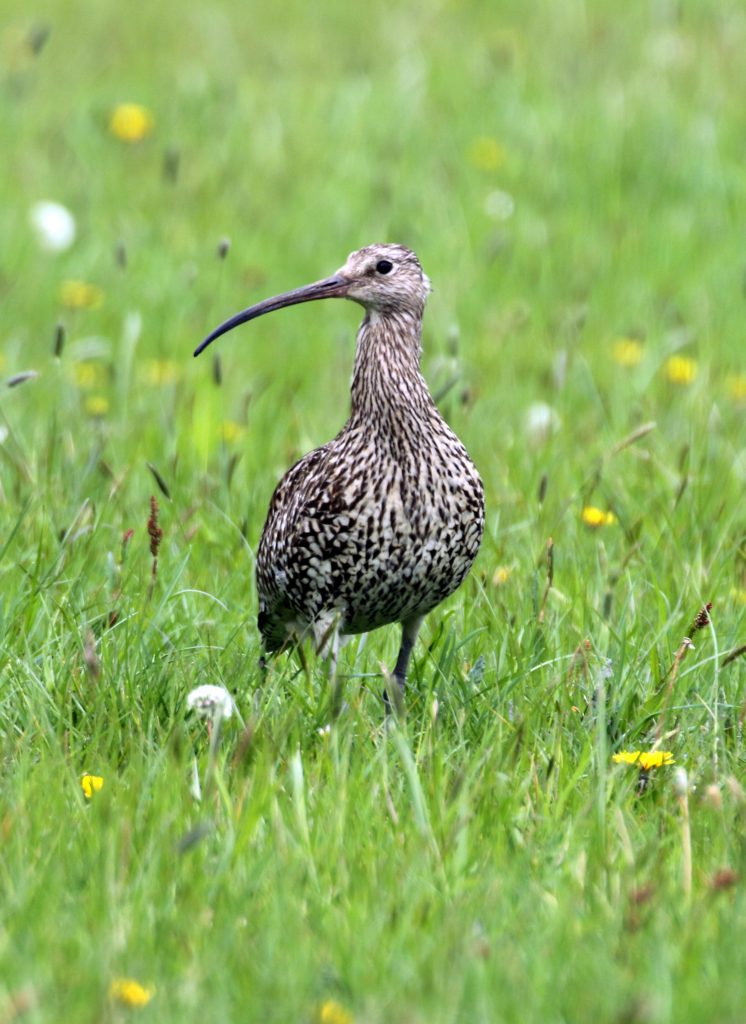What is a Curlew?

What is a Curlew ?
The Eurasian Curlew, Numenius arquata, is Britain’s largest wading bird. It has a distinctive long curved bill, mottled brown feathers and long legs. Once common throughout the UK, recent trends show a decline in their numbers, and it is considered the bird of highest conservation priority. The UK hosts around 25% of the international population, making it of great importance for the survival of the species.
Curlews spend winters at coastal areas or estuaries. In Spring they migrate inland to breeding areas on moorland, riverside or farmland locations to breed.
Why is it important?
Once common throughout the UK, it is now considered the bird of highest conservation priority. The UK hosts around 25% of the global breeding population which is estimated to be 25,000-30,000 breeding pairs. In the last 25 years the population has halved in England and writer HW Timperley’s description of the ubiquity of Curlews in Shropshire no longer exists.
Modelling suggests that without urgent intervention Curlews could be lost altogether in Wales in the next decade.
Rapid declines across Europe have led the International Union for the Conservation of Nature to classify the Eurasian Curlew as ‘vulnerable’ on the European Red List, meaning that the species is at risk of extinction.
What does a Curlew's call sound like?
Listen to the different Curlew calls by clicking the play buttons below. Like other bird species different calls have different meanings and uses.
Bubbling song often used in breeding display:
The ‘Curlee’ cautionary alarm call:
Recording by Peter Boesman, XC513903. Accessible at www.xeno-canto.org/513903/
Agitated, angry alarm call, often heard when nest or chicks are threatened:
Olivier SWIFT, XC468817. Accessible at www.xeno-canto.org/468817/
‘I fret ..about the curlew, as though it is their migratory wingbeats that turn the earth, and should they fail to appear we will have entered some ecological end time. But they are home, home to breed’
John Lewis-Stempel, Meadowland

